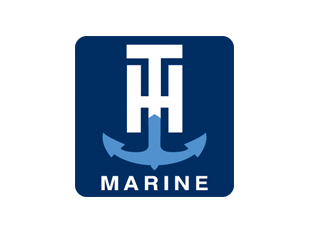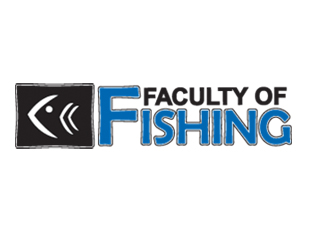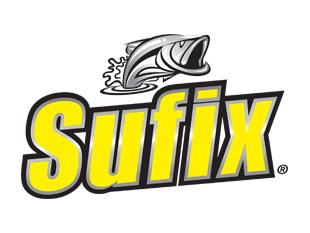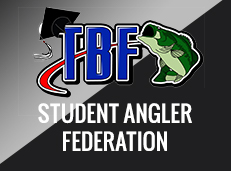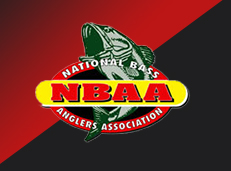 Ponca City, Okla.,-Nov. 17, 2011 – In a proactive attempt to stave off the onslaught of Asian Carp the Kentucky Department of Fish and Wildlife Resources will be conducting a trial netting program in Kentucky and Barkley Lakes.
Ponca City, Okla.,-Nov. 17, 2011 – In a proactive attempt to stave off the onslaught of Asian Carp the Kentucky Department of Fish and Wildlife Resources will be conducting a trial netting program in Kentucky and Barkley Lakes.
Ron Brooks from the KDFWR addressed a crowd of 40 interested participants who attended the Kentucky Dam and Village Convention Center. He explained to the group Asian Carp are now in every tributary of the Mississippi River ranging as far north as North Dakota. The waters of Kentucky and Barkley Lakes are infested and the numbers are growing in record proportions.
The netting process is being accomplished through what is referred to as active net sets. The carp are located in bays or backwater locations; so, the way the process works is the netters set the nets in a large circular design to surround the fish. Once surrounded, the nets are pulled and the fish are harvested. The nets are never left unattended.
The largest concern of most anglers is the bi-catch mortality. There are several key ingredients that help prevent this from occurring. First, studies have shown the Asian Carp travel in very large pods moving in a constant search for plankton. Once plankton are found, Asian Carp move in and completely devour them all, usually, forcing almost all other species to move out. This process limits the amount of other species being caught. Another important piece of this process is volunteer observers. KDFWR’s observers are present every time netting takes place. These volunteers monitor the bi-catch and record whether the fish are returned to the water in good condition or if they perished in the process. The netting process is also closely regulated as to the times and areas that are opened to commercial fisherman.
Netting and harvesting began in Illinois. Last year, a contract was signed to ship 30 million pounds of fish to China; a grant from the State of Illinois was given to Shaffer Industries to help facilitate the construction of a processing plant, which was key to the entire project. In order to get these fish to the Asian Market they must be caught, iced and transported to the processing plant within 24 hours. Then, they are flash frozen and loaded for shipment. The biggest obstacle the project must overcome is long distance from the Illinois processing plant to Kentucky Lake.
Several potential vendors interested in harvesting and processing these fish for other markets were present at the meetings. One of these included an organization that uses a salt process for packing fish destined for South America and the Caribbean.
It’s evident the ability to develop a feasible market for these fish is vital to expand the harvest and control the spread of these nuisance fish.
The State of Kentucky is a step ahead by taking a proactive approach to develop a process to control these fish before it too late.
Interested in being a volunteer observer? Contact Amy Glass at amy.glass@ky.gov or call 502-564-7109.













